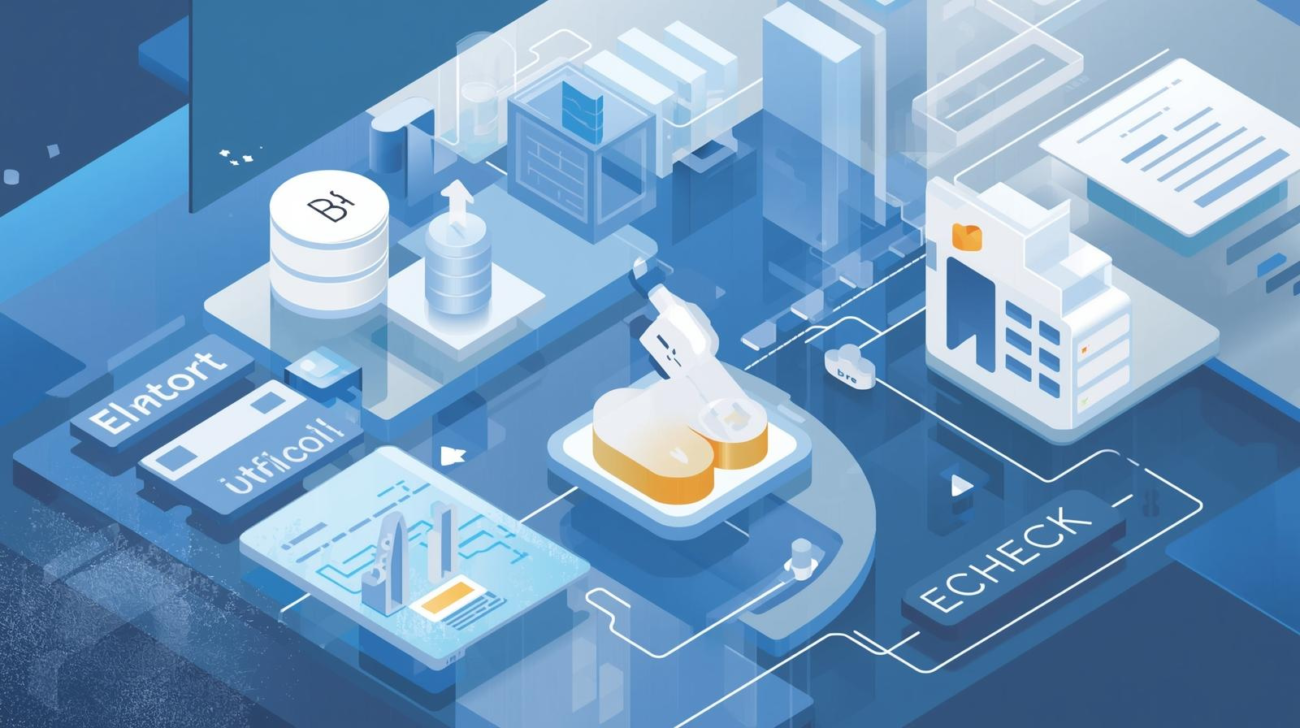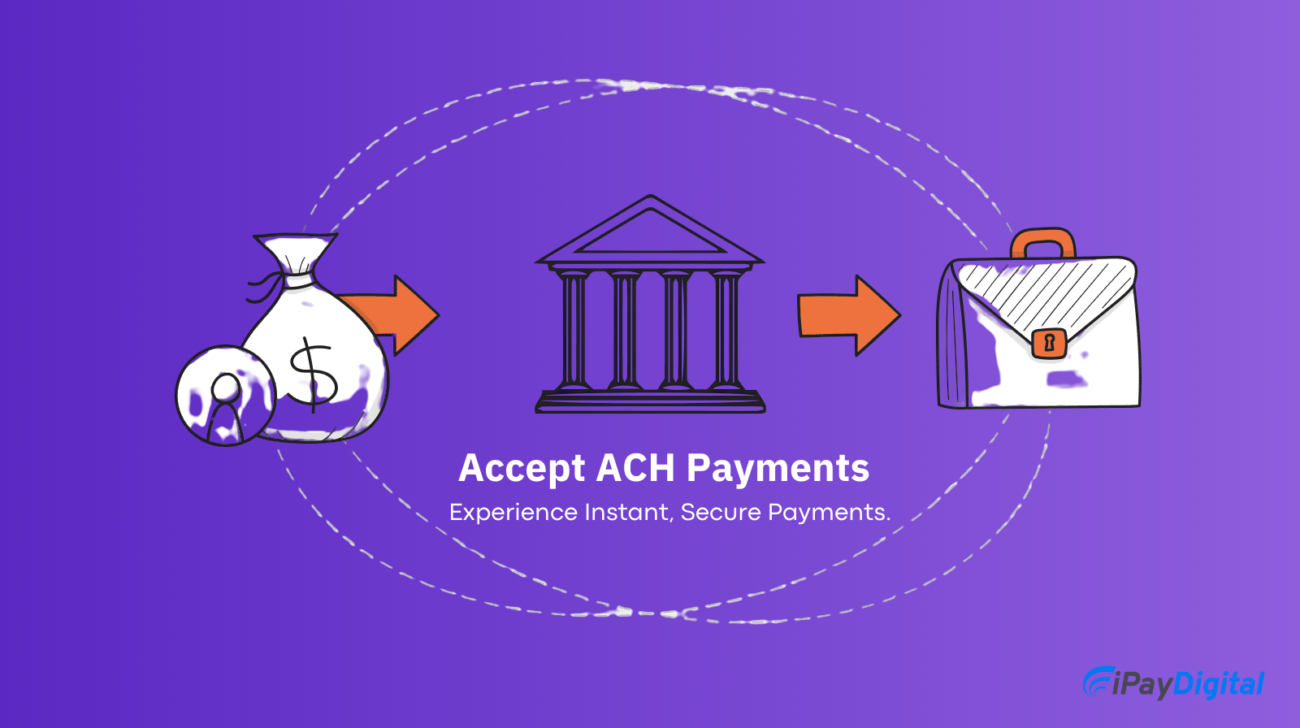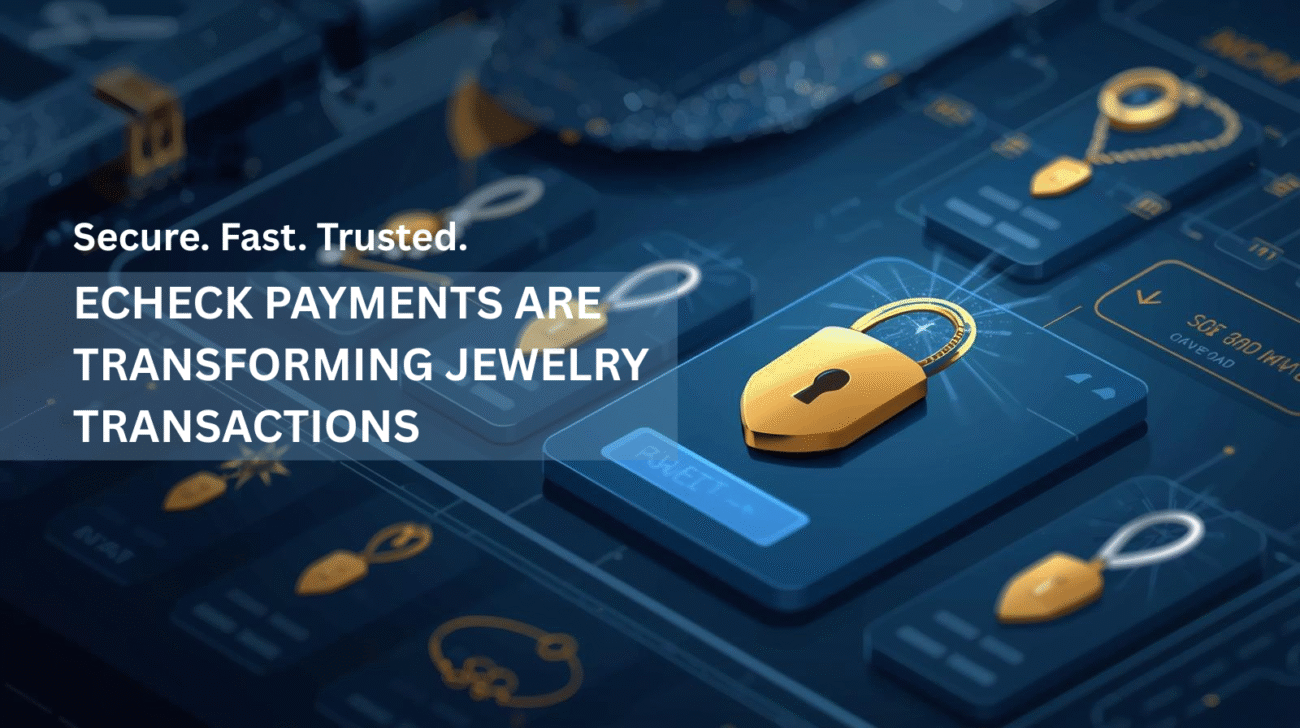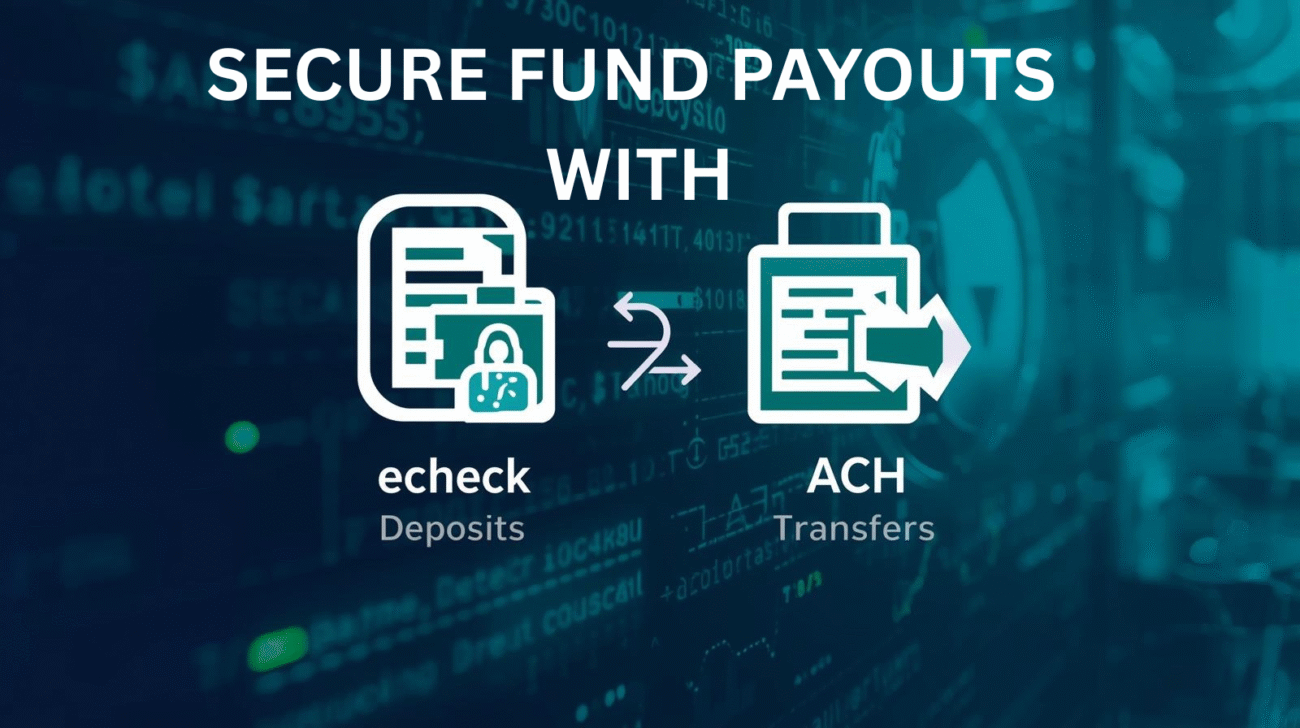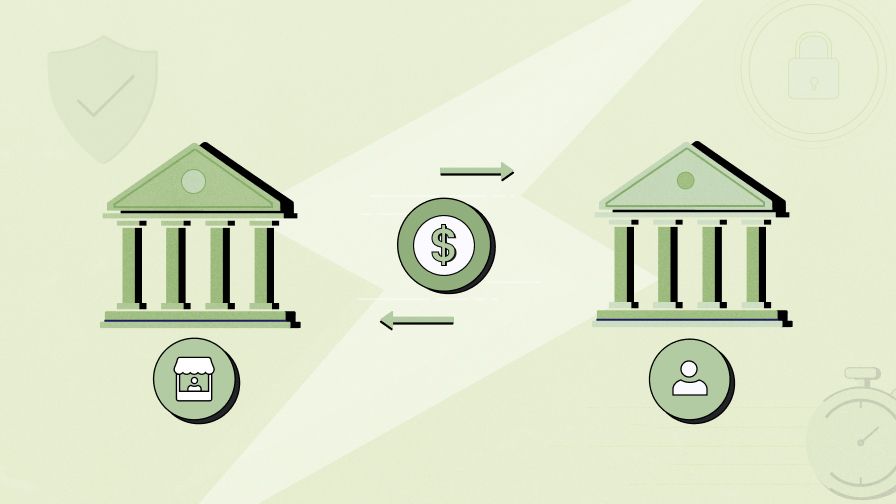Decoding Credit Card Processing:
In a world where culinary convenience is paramount, food delivery services have seamlessly integrated into our daily routines. This blog post unravels the intricacies of credit card processing, the linchpin behind the scenes that ensures smooth and secure transactions for these services. Whether it’s a hectic weeknight, a leisurely Sunday, or a special occasion, the ease of having delectable meals delivered hinges on the mastery of credit card processing.
Navigating the Credit Card Processing Landscape:
The process initiates when a customer places an order through a food delivery platform. As they input their credit card details, the information undergoes encryption before being securely transmitted to the payment gateway. This gateway acts as the vital link between the customer, the food delivery platform, and the acquiring bank. Once the payment gateway verifies the transaction, it forwards the details to the acquiring bank for approval, where the account balance check takes place. The approved transaction then travels back through the payment gateway, completing the seamless process in a matter of seconds.
The Vital Role of Seamless Credit Card Processing:
In the fast-paced world of food delivery, where speed and reliability are paramount, seamless credit card processing is non-negotiable. Any glitch in this process can lead to frustrated customers, abandoned orders, and a tarnished reputation. Businesses must invest in robust credit card processing systems to ensure a flawless customer experience
1. Customer Trust and Loyalty: Trust is the bedrock of online transactions. Establishing confidence in the secure handling of payment information and ensuring a hassle-free payment experience builds customer loyalty. Seamless credit card processing significantly contributes to this trust-building endeavor.
2. Reduced Abandoned Carts: An efficient credit card processing system reduces the likelihood of abandoned carts. Streamlining the payment process ensures that customers complete their transactions without frustration, preventing potential revenue loss for food delivery businesses.
3. Quick and Efficient Operations: Efficiency is key in the competitive food delivery landscape. Swift credit card processing facilitates seamless transactions, benefiting both customers who receive orders promptly and the overall operational effectiveness of the food delivery service.
Ensuring Security in Credit Card Processing:
While seamless transactions are imperative, security is equally critical. The online realm is susceptible to cyber threats, making it crucial for food delivery services to prioritize the following security measures:
1. Encryption Protocols: Robust encryption protocols are the frontline defense against data breaches. Transforming sensitive information into unreadable code during transmission makes it nearly impossible for unauthorized parties to decipher.
2. PCI DSS Compliance: Compliance with the Payment Card Industry Data Security Standard (PCI DSS) is not only a best practice but often a legal requirement. It ensures a secure environment for processing, storing, or transmitting credit card information.
3. Tokenization: Tokenization adds an extra layer of security by replacing sensitive information with a unique identifier or “token.” Even if a hacker gains access to the token, it holds no value without the corresponding decryption key.
Choosing the Right Payment Gateway:
The selection of a payment gateway is pivotal for food delivery services, serving as the linchpin of the entire credit card processing system. Consider the following factors:
1. Reliability and Uptime: A reliable payment gateway with a proven track record of uptime is essential to prevent revenue loss and maintain brand reputation.
2. User-Friendly Interface: The payment gateway’s interface should be intuitive for both customers and businesses, ensuring a smooth user experience without errors.
3. Compatibility with Multiple Payment Methods: A flexible payment gateway accommodating various payment methods enhances convenience for customers with diverse preferences.
Conclusion:
In the evolving landscape of food delivery, mastering credit card processing is the key to success. Every step, from the initial entry of payment information to secure data transmission and final bank approval, plays a crucial role in ensuring a seamless and secure transaction process. By prioritizing efficiency, security, and customer experience, food delivery services can not only meet but exceed the expectations of their clientele. In the ongoing evolution of the digital dining experience, a well-executed payment processing strategy remains at the heart of delivering satisfaction, one order at a time.


